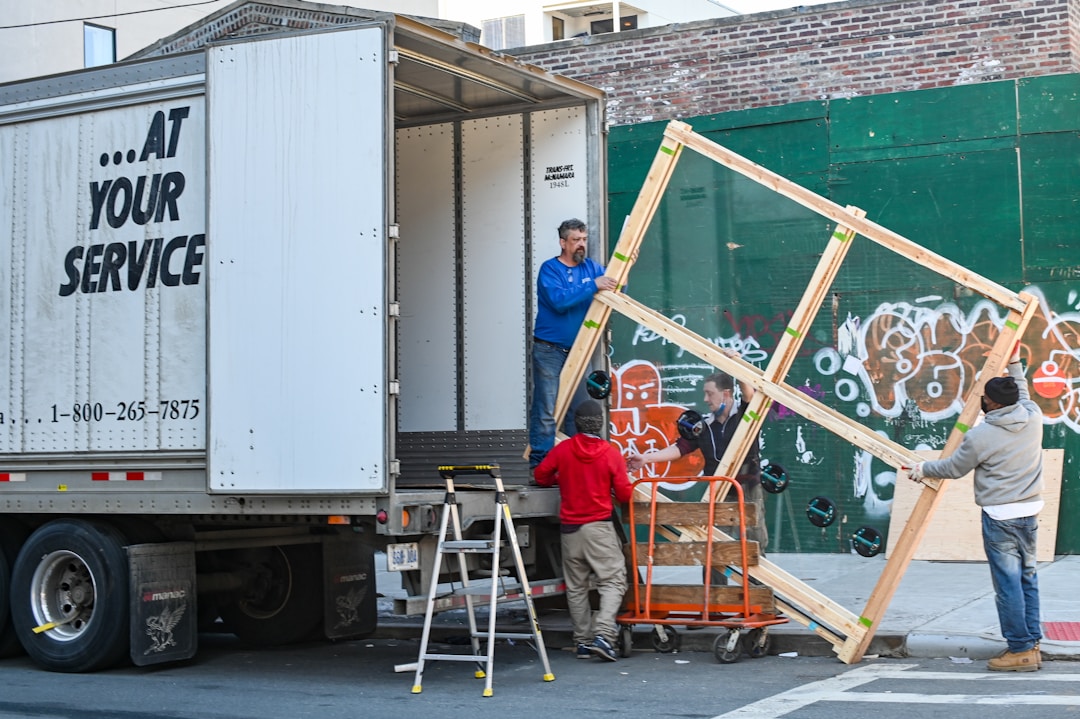Moving your business to a new location can be a stressful and time-consuming experience if proper planning and organization are not implemented. Whether you are expanding, downsizing, or merely relocating for other reasons, a successful move requires careful preparation to save time and money. Keep reading this article for valuable insights on how to make your move simple and effective.
Plan Your Move Strategically

As with any significant project, the key to a successful business relocation lies in thorough planning and organization. Start by establishing a timeline for your move, taking into account factors such as lease expiration, staff availability, and any potential disruptions to your operations. By setting a clear schedule, you can avoid unforeseen setbacks and ensure that your business continues to run smoothly throughout the relocation process.
Next, coordinate the various aspects of your move, including making a reservation with a box truck rental company. Renting a box truck is an excellent option as it provides versatility and cost-effectiveness and serves as a way to move all your belongings. By securing a box truck rental, you can rest easy knowing that your belongings and equipment are safely transported to your new office space.
Lastly, assign a project manager or moving coordinator on your team who will have the primary responsibility for the move. This person should be detail-oriented, organized, and have excellent communication skills, as they will need to keep a pulse on every part of the process and maintain open communication with all team members.
Train and Inform Your Employees

Employee involvement and communication are crucial components of successful business relocation. To ensure that your employees are prepared for the move, establish a system of frequent updates and open communication. This can include team meetings, email updates, and even appointing an “employee ambassador” for each department who can serve as a liaison between staff and management.
Additionally, provide training for employees on various aspects of the move, such as proper packing procedures, safety protocols, and guidelines for setting up workstations in the new location. This will not only help create a smooth transition but also minimize downtime and workplace injuries during the move.
Organize and Inventory Your Assets

A comprehensive inventory of your business assets can significantly streamline your move and reduce the risk of losing or damaging valuable equipment during transit. Begin by creating an inventory list detailing each item, its location, and its condition. This process will provide you with a clear understanding of what needs to be moved, sold, or disposed of and can even help identify items for potential upgrades.
As you prepare to pack, ensure that all items are properly labeled, quickly identifying their location in your new space and making reassembly easier. Consider utilizing color-coded labels, detailed numbering systems, or even QR codes to make tracking and unpacking a breeze.
Furthermore, protect your valuable equipment and data by backing up essential files and securely storing items like servers and computers. Taking these precautions will help guarantee that your critical information and technology remain safe throughout the relocation process.
Make Your New Space Ready for Business

Preparing your new space for business operations before the move is essential to minimize disruptions and ensure a quick transition. Start by collaborating with your team to design an efficient workspace, considering factors such as workflow, employee interaction, and future growth. Utilize floor plans and visits to the new location with your team to help visualize the potential arrangements.
Once your design is finalized, arrange for any necessary construction, renovations, or installations to be completed before your move-in date. Ensure that utilities, internet, and phone services are set up and ready for use, avoiding any delays in getting your business up and running.
Finally, create a checklist for move-in day, outlining all necessary tasks and responsibilities for each staff member. By having a clear plan in place, you can keep your move running smoothly and efficiently, allowing your team to get settled and back to work as quickly as possible.
Altogether, careful planning, effective communication, and organized preparation are critical components of successful business relocation. By following the strategies outlined in this article, you can ensure a smooth and efficient move that minimizes disruptions and sets your business up for success in its new location.






